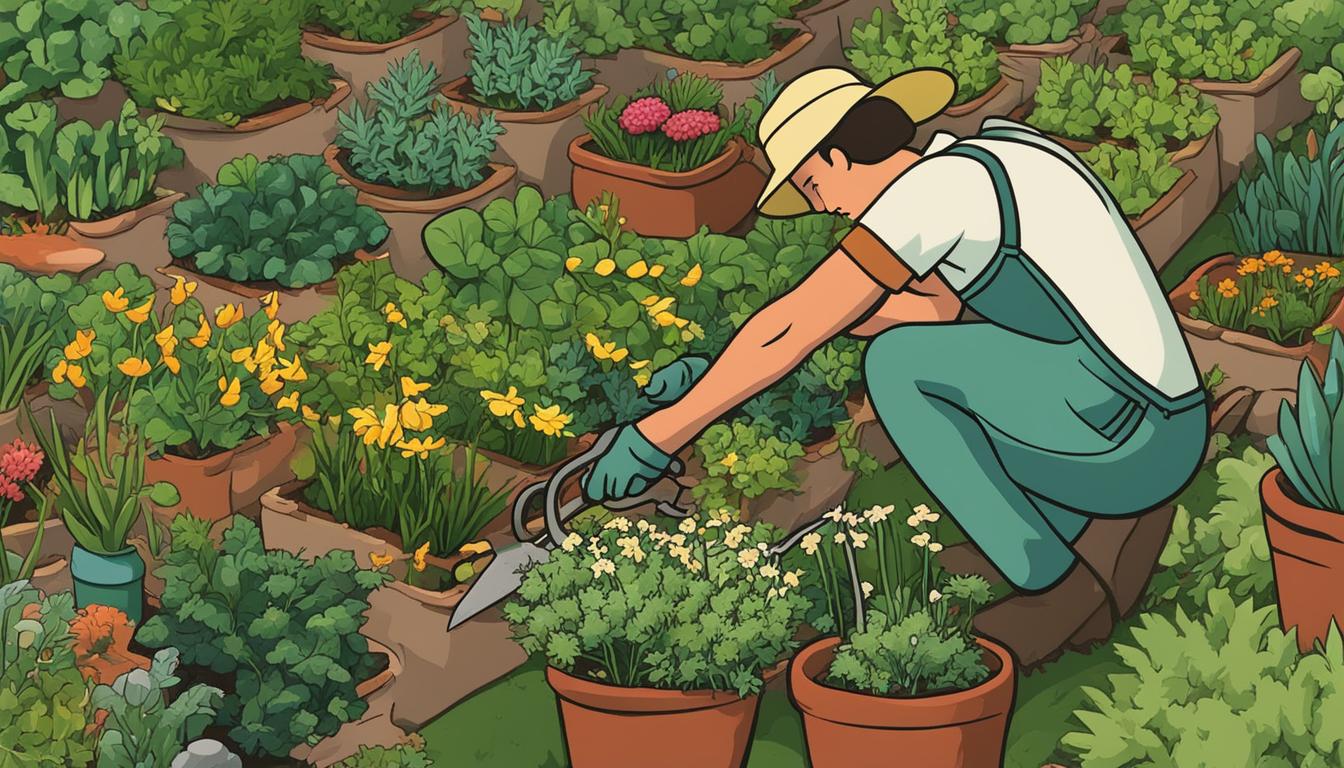
Growing medicinal plants can be a rewarding and empowering experience, especially for beginners. Whether you have a spacious garden or just a small corner, cultivating your own healing herbs can bring a sense of connection to nature and self-sufficiency.
If you’re new to gardening or looking for low-maintenance plants to start with, here are some beginner-friendly medicinal plants that are easy to grow and care for.
Key Takeaways:
- Beginner-friendly medicinal plants are a great addition to any garden.
- They provide natural remedies for common ailments and promote holistic wellness.
- Some easy-to-grow medicinal plants for beginners include Kapoor Tulsi, Wild Bergamot, Echinacea Purpurea, Mint, Garlic, Aloe, Lavender, and Sage.
- These herbs have various medicinal properties, such as antimicrobial, immune-boosting, and soothing effects.
- They can be used to make teas, tinctures, culinary dishes, and provide relief for skin issues.
Kapoor Tulsi/Holy Basil
Kapoor Tulsi, also known as Holy Basil, is a versatile medicinal plant that offers both flavor and therapeutic benefits. It is a relative of common basil and is commonly used in culinary preparations, teas, and tinctures.
One of the key features of Kapoor Tulsi is its antimicrobial properties. It has been traditionally used to treat infections and help boost the immune system. Additionally, this herb is believed to possess adaptogenic properties, which means it can help the body adapt to stress and promote overall well-being.
The various parts of the Kapoor Tulsi plant, including the stems, leaves, flowers, and seeds, can all be utilized to create teas and tinctures. These preparations can be consumed internally or applied topically for a range of health benefits.
Propagation and Usage of Kapoor Tulsi
Kapoor Tulsi can be started indoors or directly seeded in the garden. It germinates best at around 70°F (21°C). This herb prefers well-draining soil and requires regular watering to thrive.
To propagate Kapoor Tulsi, you can take stem cuttings and root them in water or moist soil. Once established, this herb is relatively low-maintenance and easy to care for, making it an ideal choice for beginner gardeners.
Whether you’re looking to add a flavorful culinary herb to your dishes or harness the natural healing properties of plants, Kapoor Tulsi, or Holy Basil, is a fantastic choice to grow in your garden.
Wild Bergamot
Wild Bergamot, also known as Monarda fistulosa, is a versatile medicinal plant that offers both beauty and benefits to your garden. This native North American plant is not only visually appealing but also attracts pollinators like bees, butterflies, and hummingbirds, making it a great addition to any pollinator garden.
But that’s not all – Wild Bergamot has a long history of medicinal use. Native American peoples have traditionally used it to treat digestive issues, such as indigestion and gas.
The leaves and flowers of Wild Bergamot can be brewed into a delicious and soothing tea, which not only aids in digestion but also provides a calming effect for the mind and body.
Additionally, Wild Bergamot can be used as a culinary herb to add a unique flavor and aromatic quality to dishes. The leaves and flowers can be used as a garnish for salads, desserts, and cocktails, infusing a subtle citrusy and floral note. So not only does it offer medicinal benefits, but it also enhances the taste and presentation of your culinary creations.
| Medicinal Uses | Culinary Uses |
|---|---|
| Treating digestive issues | Adding flavor and aroma to dishes |
| Calming effect on the mind and body | Garnish for salads, desserts, and cocktails |
| Attracting pollinators to your garden |
If you’re looking for a low-maintenance medicinal plant that not only offers health benefits but also adds beauty and flavor to your garden, Wild Bergamot is an excellent choice. Its vibrant blooms, attracting pollinators, and versatile uses make it a valuable addition to any herbal garden or landscape.

Echinacea Purpurea
Echinacea Purpurea is a popular medicinal plant known for its immune-boosting properties. It is commonly used in teas and tinctures to help prevent or shorten colds and flus. All parts of the plant can be used, including the roots, leaves, and flowers. Echinacea Purpurea is a perennial plant that is easy to grow and is hardy in a wide range of zones.
Benefits of Echinacea Purpurea
- Boosts the immune system
- Helps prevent and shorten the duration of colds and flus
- Has anti-inflammatory properties
- May aid in wound healing
Echinacea Purpurea can be easily incorporated into your daily routine by brewing a cup of tea or creating tinctures. It is a versatile plant that can also be used as a decorative addition to your garden. With its vibrant purple flowers, it adds beauty while providing medicinal benefits.
| Growing Information | Care Instructions |
|---|---|
| Plant Type: Perennial | Light: Full sun to part shade |
| Watering: Drought-tolerant once established | Soil: Well-draining soil |
| Germination: 5-10 days | Fertilizer: Minimal requirements |
| Temperature: Hardy in USDA zones 3-9 | Pruning: Deadhead spent flowers to promote new blooms |
Whether you’re a seasoned gardener or a beginner, Echinacea Purpurea is an excellent choice for your medicinal plant collection. With its immune-boosting properties, ease of cultivation, and beautiful blooms, it’s a valuable addition to any garden or herbal medicine cabinet.
Mint
Mint is a versatile medicinal herb that offers a range of benefits. One of its popular uses is to create calming teas that can help soothe the mind and promote relaxation. By simply steeping a handful of mint leaves in hot water, you can enjoy a refreshing cup of tea that has calming properties.
In addition to its calming effects, mint is also known for its ability to soothe the stomach. It has been used for centuries to relieve digestive discomfort such as indigestion and bloating. Whether you chew on fresh mint leaves or incorporate it into your meals, the natural oils in mint can help ease digestive issues.
Another notable property of mint is its expectorant properties. This means that it can help to loosen and expel mucus from the respiratory system, making it beneficial for those with coughs or congestion. Mint tea can be especially helpful in providing relief for respiratory discomfort.
Mint Propagation and Container Gardening
If you’re interested in growing your own mint, propagation is a simple and effective method. Mint can be easily propagated by taking stem cuttings and placing them in water or moist soil until roots develop. Once the roots are established, the cuttings can be transplanted into pots or containers.
Container gardening is a great option for growing mint, as it has a tendency to spread rapidly and can take over garden beds if not contained.
By using containers, you can control the growth of mint and prevent it from becoming invasive. Additionally, containers allow for easy access to your mint plants, making it convenient to harvest leaves for culinary or medicinal purposes.
Medicinal Properties of Mint
| Property | Description |
|---|---|
| Calming properties | Mint is known for its ability to promote relaxation and reduce anxiety. |
| Soothing stomach | Mint can help relieve digestive discomfort and ease indigestion. |
| Expectorant properties | Mint can help loosen mucus and provide relief for respiratory issues. |
In conclusion, mint is a valuable medicinal herb that can be easily grown and incorporated into your everyday life. From calming teas to soothing upset stomachs, mint offers a range of health benefits.
Whether you choose to grow it in your garden or in containers, mint is a versatile herb that can enhance your holistic wellness journey.
Garlic: A Versatile Medicinal Herb with Antibacterial and Anti-Inflammatory Properties
Garlic is not only a flavorful culinary herb but also a powerful medicinal herb with a wide range of health benefits. Known for its antibacterial and anti-inflammatory properties, garlic has been utilized in traditional medicine for centuries.
When it comes to planting garlic, there are a few tips and care instructions to keep in mind for optimal growth. Garlic should be planted in well-drained soil with good sun exposure.
It is best to plant garlic cloves in the fall, as they require a cold period to develop properly. In terms of spacing, plant each clove about 4-6 inches apart, with the pointed end facing up and the root end facing down. Provide regular watering but avoid overwatering, as garlic prefers slightly drier conditions.
Once you’ve successfully grown your garlic, you can enjoy its numerous health benefits. Garlic’s antibacterial properties make it effective in fighting off harmful bacteria, while its anti-inflammatory properties can help reduce inflammation in the body.
Incorporate garlic into your diet by adding it to your favorite recipes or taking it in supplement form for maximum benefits.
Whether you’re a beginner or an experienced gardener, growing garlic can be a rewarding experience. Not only will you have a fresh supply of this versatile herb at your fingertips, but you’ll also reap its many medicinal benefits. Planting garlic is a simple and enjoyable way to enhance both your garden and your well-being.
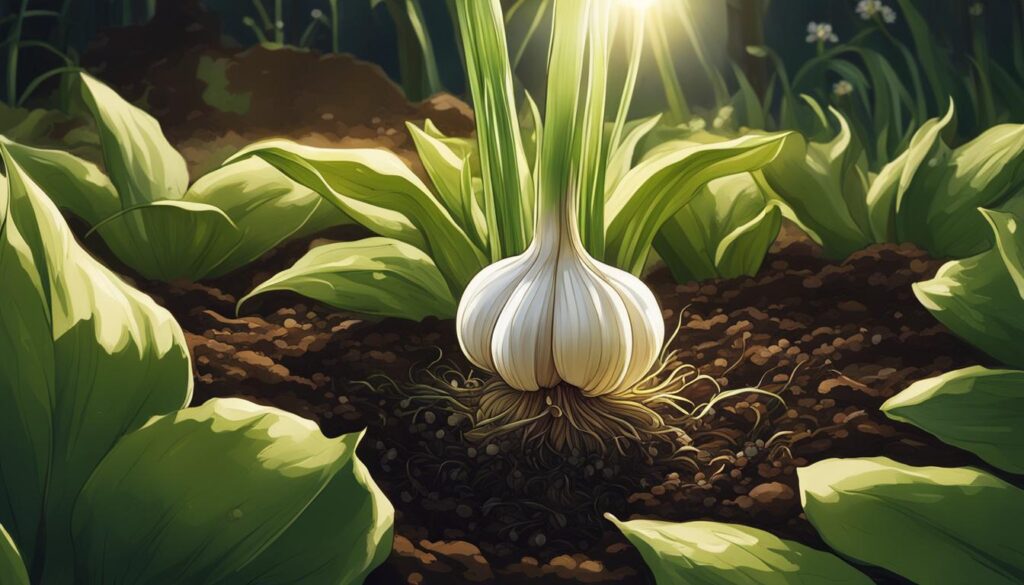
Comparison of Garlic Varieties
| Variety | Flavor | Bulb Size | Harvest Time |
|---|---|---|---|
| Softneck Garlic | Mild and slightly sweet | Medium to large | Early to mid-summer |
| Hardneck Garlic | Robust and spicy | Medium to large | Mid-summer |
| Elephant Garlic | Mild and slightly garlicky | Extra large | Mid-summer |
Aloe: A Medicinal Plant for Soothing Skin Issues and Apartment Gardening
Aloe is a versatile and popular medicinal plant known for its soothing properties on the skin. Whether you have a sunburn, a minor rash, or dry skin, aloe gel, applied directly from the leaves, can provide relief. Its natural moisturizing and cooling effects can help reduce inflammation and promote healing.
One of the advantages of aloe is its ability to thrive in small spaces, making it an excellent choice for apartment gardening. With minimal care and maintenance, aloe plants can be grown indoors, even in low-light conditions. Their succulent leaves store water, allowing them to withstand periods of neglect or inconsistent watering.
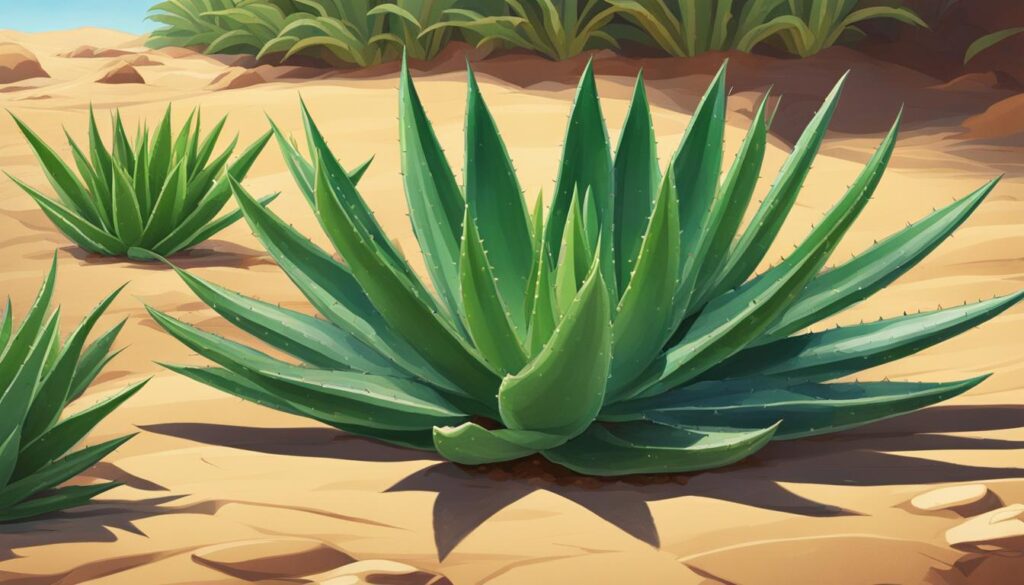
Aloe plants are relatively easy to propagate, and the “babies” or offsets that sprout from the main plant can be rooted in a new pot. This makes it simple to expand your aloe collection or share plants with friends and family.
Whether you’re seeking a natural remedy for skin issues or looking to add some greenery to your apartment, aloe is an excellent choice. Its soothing properties and adaptability to small spaces make it a must-have plant for both its aesthetic and medicinal benefits.
Lavender: A Versatile Medicinal Herb for Calming and Digestive Support
Lavender is a well-known and widely used medicinal herb that offers a range of benefits. Its calming properties make it a popular choice for relaxation and stress relief, while its digestive support qualities have long been recognized.
Lavender can be incorporated into various forms, including teas, sachets, and essential oils, making it a versatile addition to any herbal remedy collection.
One of the primary uses of lavender is for promoting relaxation and reducing anxiety. The soothing scent of lavender has been shown to have a positive impact on mood and sleep quality.
It can be used in the form of teas or as essential oil for aromatherapy. Simply steep dried lavender flowers in hot water for a calming tea, or add a few drops of lavender essential oil to a diffuser for a peaceful ambiance.
In addition to its calming properties, lavender also provides digestive support. It can help relieve symptoms such as bloating, cramping, and indigestion. Drinking lavender tea after a meal may aid in digestion and promote overall gut health.
It’s important to note that excessive consumption of lavender may have a laxative effect, so moderation is key.
| Medicinal Uses of Lavender | Propagation Tips | Growing Tips |
|---|---|---|
|
|
|
Growing lavender is relatively straightforward as long as you provide it with the right conditions. It prefers well-drained soil and plenty of sunlight, making it an excellent choice for gardeners with dry or sandy soil.
Lavender plants should be watered regularly but not excessively to avoid root rot. Regular pruning helps maintain the plant’s bushy shape and encourages more blooms.
Overall, lavender is a valuable herb that offers both calming properties and digestive support. Whether used in teas, sachets, or essential oils, this versatile medicinal herb can enhance your well-being and provide relief for various ailments.
By following simple propagation and growing tips, you can easily incorporate lavender into your garden and enjoy its numerous benefits.
Sage
Sage is a versatile herb that offers a range of benefits for both culinary and medicinal use. With its astringent properties, sage can help to tighten and tone the skin, making it a popular ingredient in skincare products. It is also known to support digestion, alleviate bloating, and soothe an upset stomach.
From a culinary perspective, sage adds a savory and earthy flavor to dishes. It pairs well with meats, vegetables, and even desserts. Whether used fresh or dried, sage lends a unique taste to various recipes, making it a staple in many kitchens.
One of the great things about sage is its adaptability to different growing conditions. It can thrive both in the ground and in containers, making it suitable for container gardening or small gardens. With proper care, sage plants can grow into woody perennials, providing you with a consistent supply of fresh leaves for years to come.
In summary, sage is not only an herb that enhances the flavors of your favorite dishes, but it also offers astringent properties for skincare and digestive support.
Whether you have a small garden or limited space for gardening, sage is a versatile plant that can be grown in containers. Consider adding this herb to your garden for its culinary uses and natural remedies.
FAQ
What are the easiest medicinal plants for beginners to grow?
Here are some of the easiest medicinal plants for beginners to grow:
What is Kapoor Tulsi/Holy Basil?
Kapoor Tulsi, also known as Holy Basil, is a relative of common basil that is both flavorful and medicinal. It has antimicrobial properties and is believed to have adaptogenic properties.
How can Kapoor Tulsi/Holy Basil be used?
The stems, leaves, flowers, and seeds of Kapoor Tulsi/Holy Basil can all be used to create teas and tinctures.
What is Wild Bergamot?
Wild Bergamot, also known as Monarda fistulosa, is a medicinal plant that is great for attracting pollinators like bees, butterflies, and hummingbirds to your garden.
How can Wild Bergamot be used?
It has been used by Native American peoples to treat digestive issues and can be used to create teas for medicinal purposes. The stems, leaves, and flowers are all useful and can also be used as a garnish for culinary purposes.
What is Echinacea Purpurea?
Echinacea Purpurea is a popular medicinal plant known for its immune-boosting properties. It is commonly used in teas and tinctures to help prevent or shorten colds and flus.
How can Echinacea Purpurea be used?
All parts of the plant can be used, including the roots, leaves, and flowers.
What is Mint?
Mint is a versatile medicinal herb that is often used to create calming teas and soothe upset stomachs.
How can Mint be propagated?
Mint can be started from seeds or propagated from divisions.
What is Garlic?
Garlic is a dual-purpose addition to any garden, as it can be used both as a culinary herb and a medicinal herb. It has antibacterial and anti-inflammatory properties.
How should Garlic be planted?
Garlic should be planted in well-drained soil and given proper care and maintenance for best results.
What is Aloe?
Aloe is a powerful medicinal plant that can be grown even in small spaces, making it perfect for apartment gardening.
How can Aloe be used?
It is commonly used to soothe mild skin issues such as burns and rashes. The gel inside the leaves can be applied directly to the affected area for relief.
What is Lavender?
Lavender is a well-known medicinal herb with a long history of use. It is commonly used to promote relaxation and relieve anxiety, stress headaches, and digestive issues.
How can Lavender be propagated?
Lavender can be grown from seeds or propagated from cuttings. It thrives in well-drained soil and requires good drainage and wind protection.
What is Sage?
Sage is a versatile herb that has astringent and antibacterial properties. It is commonly used in a variety of dishes for flavor and digestive support.
How can Sage be grown?
Sage can be grown both in the ground and in containers, making it suitable for small gardens or urban gardening. It is a hardy perennial plant that can withstand different growing conditions.


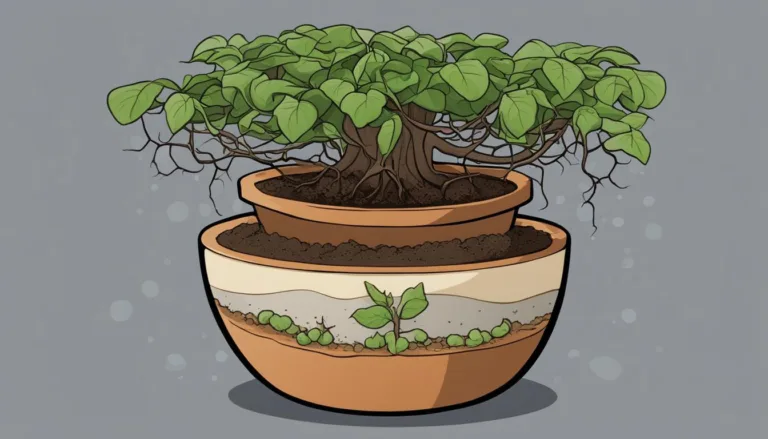
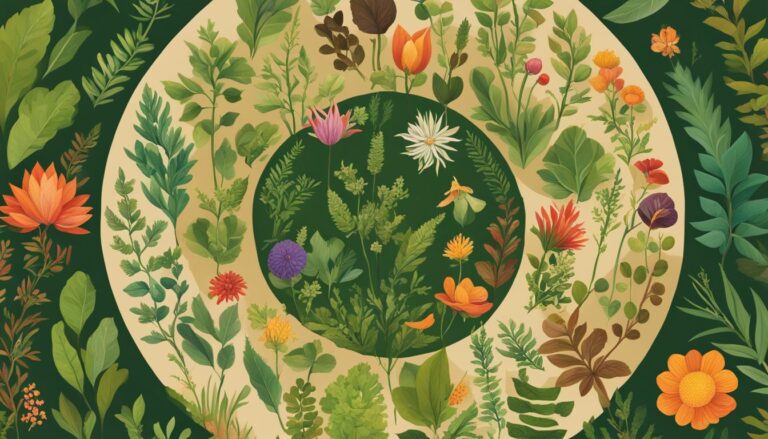
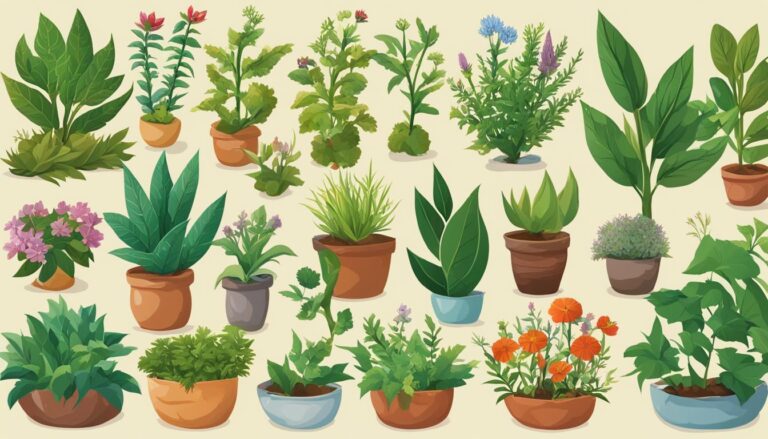
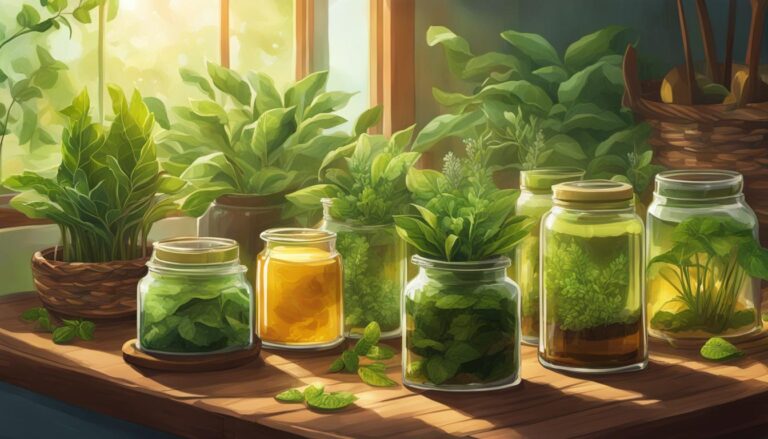
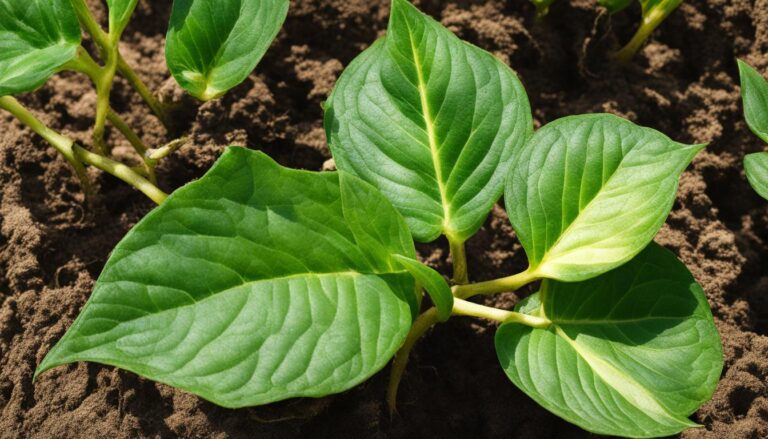
2 Comments
Comments are closed.